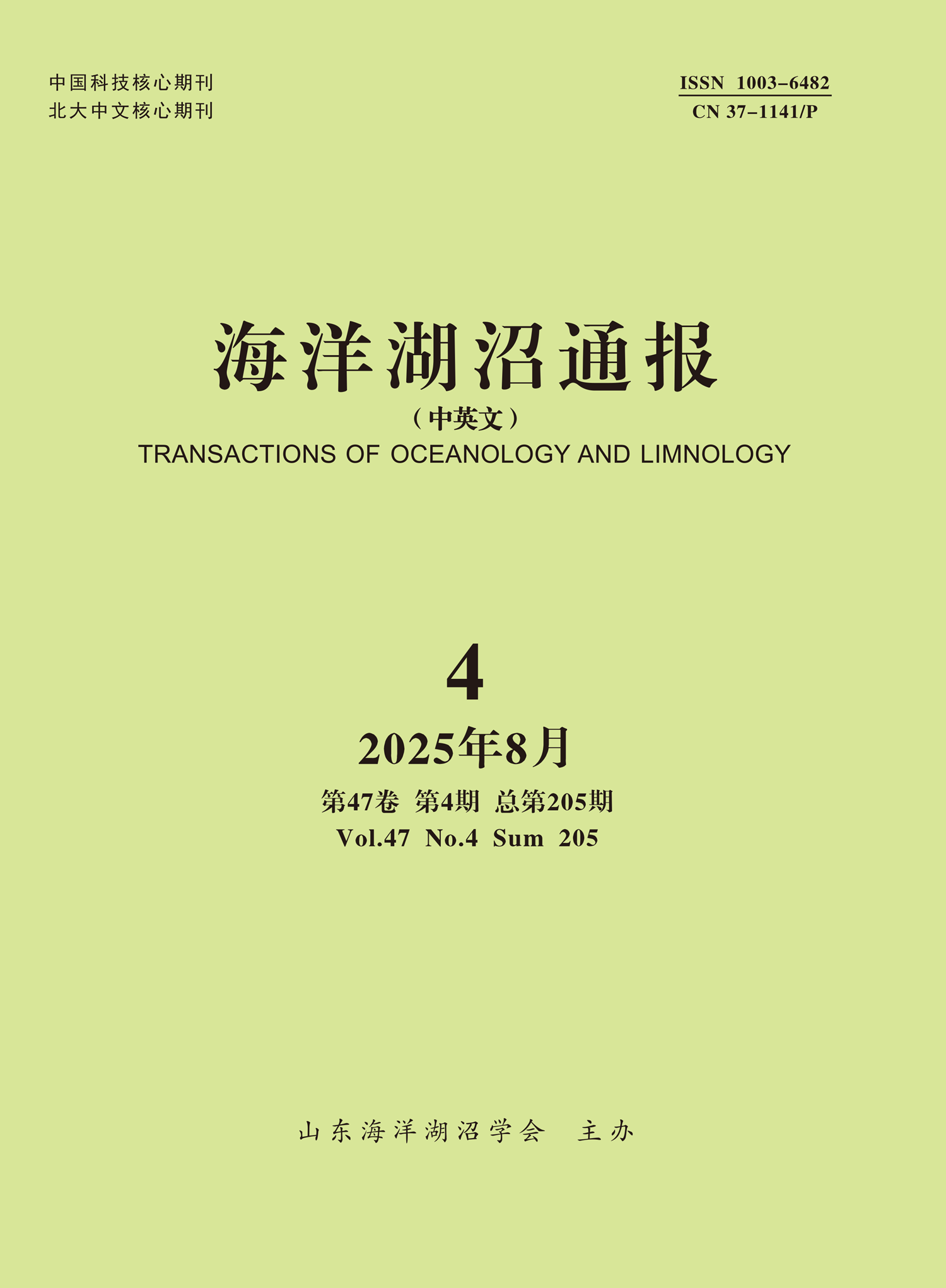WANG Qiong, CHEN Junming, SUO Chunnan, LIU Shu, MA Fenglian, WANG Zhenchao, LU Shuo
Xiong'an new area is a millennium plan and it is a great national event. The lake Baiyangdian, located in the central-south part of Xiong'an new area, plays a regulating role in the weather, climate, and water resources in both the local and the North China region due to its lake effects. This study analyzed the multi-scale variations in the land-lake breeze characteristics in different areas of the lake Baiyangdian using observations of 13 stations in the lake and its surroundings. The meteorological and statistical methods were applied. The results showed that the land-lake breeze phenomenon existed in all areas, with alternating wind directions between day and night in 2023. On average, the mean wind speeds at the stations near the lake in both the v-direction (north-south) and the u-direction (east-west) exhibited an obvious out-of-phase feature. The maximum lake breeze reached 0.5 m/s and typically occurred in the afternoon (13:00-16:00), while the maximum land breeze was 0.4 m/s and appears in the morning (6:00-09:00). In general, the lake breeze was stronger than the land breeze, with the lake breezes in the northern and eastern parts of the lake Baiyangdian being stronger and lasting longer than those in the southern, western, and central regions. Within the lake, the v-direction lake breeze formed one hour later than in the u-direction, and the northern area's lake breeze was the strongest, reaching 0.5 m/s. In the Xiong'an north urban area, which was farther from the lake, a distinct land-lake breeze pattern was observed in the v-direction, whereas it was less pronounced in the u-direction. Anxin experiences the earliest land-lake breeze, and Rongcheng the latest, with the maximum lake breezes ranging from 0.6 to 0.7 m/s, which were stronger than those in both the lake interior and the areas near the lake. Significant monthly and seasonal variations also existed in the land-lake breeze, which was the strongest from January to June, followed by October to December, and weakest from July to September. Spring was the strongest, followed by winter, and relatively weak in summer and autumn. A specific land-lake breeze case from April 18 to 19, 2023, along with Xiong'an Ruisi real-time field data, showed consistent results with the general characteristics of land-lake breeze, highlighting the alternating wind directions between day and night and the increase in wind speed across different areas of the lake Baiyangdian.

